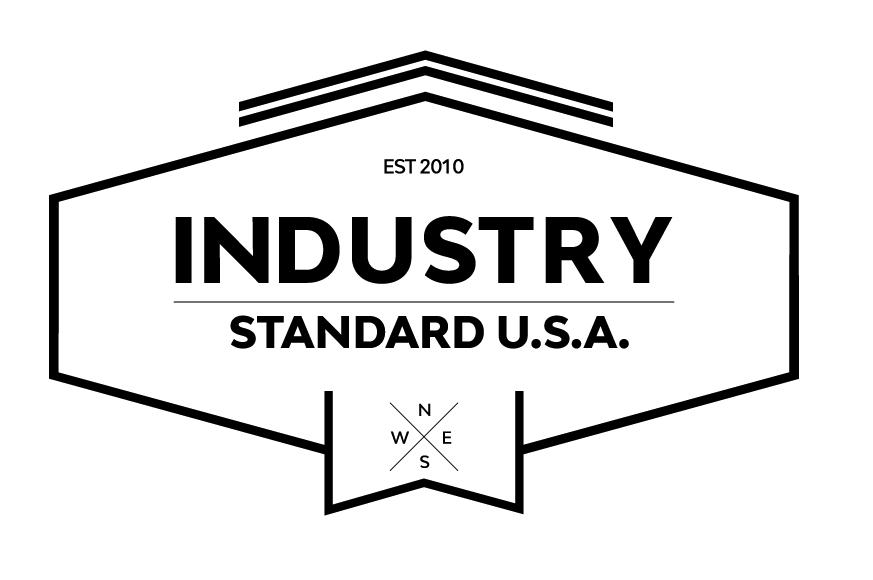Explore the strategies for customizing industrial embedded computers to meet specific application needs. Discuss hardware modifications, software configurations, and how to ensure compliance with industry standards.
Industrial embedded computers are at the heart of many modern technologies, providing the brains behind critical systems across industries such as manufacturing, healthcare, and transportation. However, every industry and use case comes with unique demands, and one-size-fits-all solutions often fall short. Customizing industrial embedded computers is essential to meet the specialized requirements of these diverse applications. This article explores strategies for customizing these computers, focusing on hardware modifications, software configurations, and ensuring compliance with industry standards.

The industrial embedded computer is designed to operate in challenging environments where factors like heat, dust, vibrations, and long operational hours are common. Customizing these computers can make them more efficient, reliable, and tailored to specific needs. But what does customization involve, and why is it crucial for specialized applications?
Customization allows businesses to add, modify, or enhance various components to align the embedded system with specific operational needs. This can range from hardware upgrades, such as increased memory or specialized connectors, to software adjustments that help the device communicate more effectively with other systems.
One of the most effective ways to customize industrial embedded computers is by altering the hardware to fit the specialized requirements of an application. Below are some of the common hardware modifications used to tailor embedded systems:
Different applications require different levels of processing power and memory. For instance, a high-definition video surveillance system might need a powerful CPU and increased RAM to handle the processing of video streams in real-time. By upgrading the processor and memory of an embedded computer, businesses can ensure they have sufficient power for specific application tasks.
Input/output (I/O) ports are a critical feature of industrial embedded computers, particularly when interacting with multiple external devices or sensors. Depending on the requirements, custom ports such as RS232/RS485 for serial communication or multiple Ethernet ports for network redundancy can be added. Having the right I/O configuration allows seamless integration with specialized machinery and other equipment.
For applications in extreme conditions, embedded computers must be ruggedized. Customizing these devices for enhanced durability may include adding fanless cooling systems, shock mounts, or even using materials resistant to high temperatures. Ensuring that industrial embedded computers can withstand their operating environment is crucial for minimizing downtime and maintaining long-term reliability.
Industrial settings often require customized power solutions. Embedded computers may need modifications to accept different voltage ranges or to provide redundancy through dual power inputs, ensuring uninterrupted operation even in unstable power environments. This type of customization is particularly important for use cases in remote or mission-critical areas where power reliability is non-negotiable.
Customization does not stop with the hardware; configuring the software is equally vital for specialized applications. The software is what drives the embedded computer and ensures compatibility, security, and optimal functionality.
A key aspect of customization is tailoring the firmware or operating system to meet the specific demands of the industrial setting. Whether it's a lightweight, real-time operating system (RTOS) for faster response times or a fully-featured Linux distribution for advanced data processing, the operating system can make or break the efficiency of an embedded computer in its intended application.
Custom firmware may also be developed to integrate proprietary protocols or ensure compatibility with other systems. This is particularly useful when the embedded system needs to work alongside older, legacy equipment that uses a unique communication protocol.
Embedded computers often run specific applications that need to be customized to meet the needs of the business. This might involve configuring software for specialized data acquisition, remote management, or enhanced user interface features. For instance, in a healthcare setting, the software could be tailored to gather patient data and integrate it directly with electronic health record systems, ensuring compliance with regulatory requirements.
Security is a growing concern in industrial settings, especially as more devices are connected to networks. Customizing the security features of embedded computers can include adding encryption capabilities, configuring firewalls, and enabling secure boot processes. Each application may have different security needs, and ensuring that the embedded system meets these requirements is critical for protecting both data and infrastructure.

One of the biggest challenges in customizing industrial embedded computers is ensuring that the system adheres to the relevant industry standards and regulatory requirements. Compliance is essential, especially in regulated industries like healthcare, automotive, and energy.
Different sectors have specific standards that devices must meet. For instance, embedded computers used in healthcare must comply with standards like IEC 60601-1 for electrical safety, while automotive systems must adhere to ISO 26262 for functional safety. During the customization process, it is crucial to verify that any hardware or software modification does not compromise compliance with these standards.
Environmental compliance, such as meeting RoHS (Restriction of Hazardous Substances) directives, is another consideration. Ensuring that components are environmentally friendly and safe for use is a major factor when customizing embedded computers for industrial purposes. For example, in food processing plants, embedded systems must meet specific hygiene standards, and modifications may be needed to ensure a washable or sealed design.
While customization offers immense benefits, it also presents unique challenges. The customization process often requires in-depth technical expertise, not only in the hardware and software aspects but also in ensuring that modifications work harmoniously.
Customization can significantly increase the initial cost of an embedded computer. It is essential to find a balance between customization and cost-efficiency, ensuring that the benefits of customization outweigh the expenses involved. Working with experienced suppliers who understand both the technical and financial aspects of embedded systems is crucial.
Customized embedded computers must undergo rigorous testing to ensure that all modifications work as expected. Testing for compliance, performance, and reliability is an important step to avoid issues once the computer is deployed in an industrial environment. This process can be time-consuming but is vital to ensure the long-term viability of the system.
Customizing industrial embedded computers for specialized applications provides organizations with the flexibility to meet specific operational demands, enhance performance, and ensure compliance with industry regulations. From hardware modifications, such as ruggedization and custom I/O ports, to tailored software configurations and security enhancements, customization makes it possible for embedded systems to excel in even the most challenging environments.

To achieve successful customization, collaboration with experienced embedded computer manufacturers and integrators is key. These experts can help navigate the complexities of hardware and software customization while ensuring that industry standards are met. At BVS, we specialize in providing tailored industrial embedded computer solutions designed to meet the unique requirements of our clients across diverse industries. By leveraging our expertise, businesses can maximize the effectiveness of their industrial embedded computers, driving better outcomes and enhancing operational efficiency.
If you want to know more, please click the follows:
①Ruggedized Industrial Mini PCs: Durability for Harsh Environments
②How Industrial Embedded Computers Enhance Machine Learning Applications
③Fanless Industrial PCs in Warehouse Automation: Supporting Autonomous Guided Vehicles (AGVs)

Click to confirm
Cancel